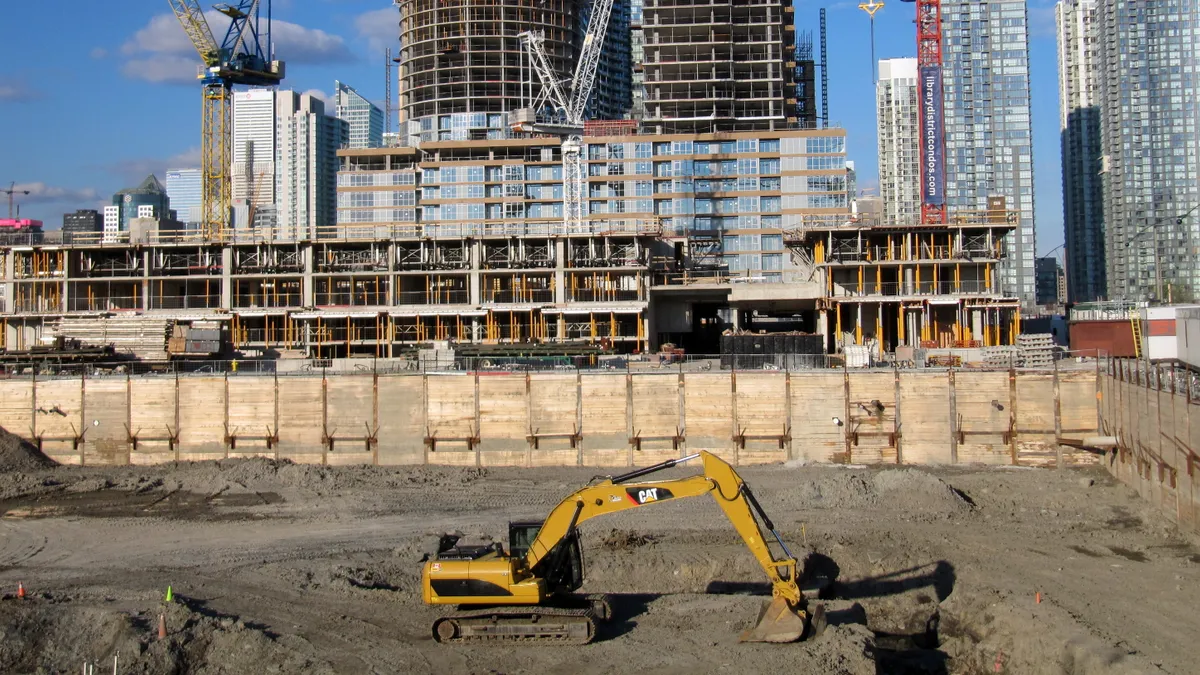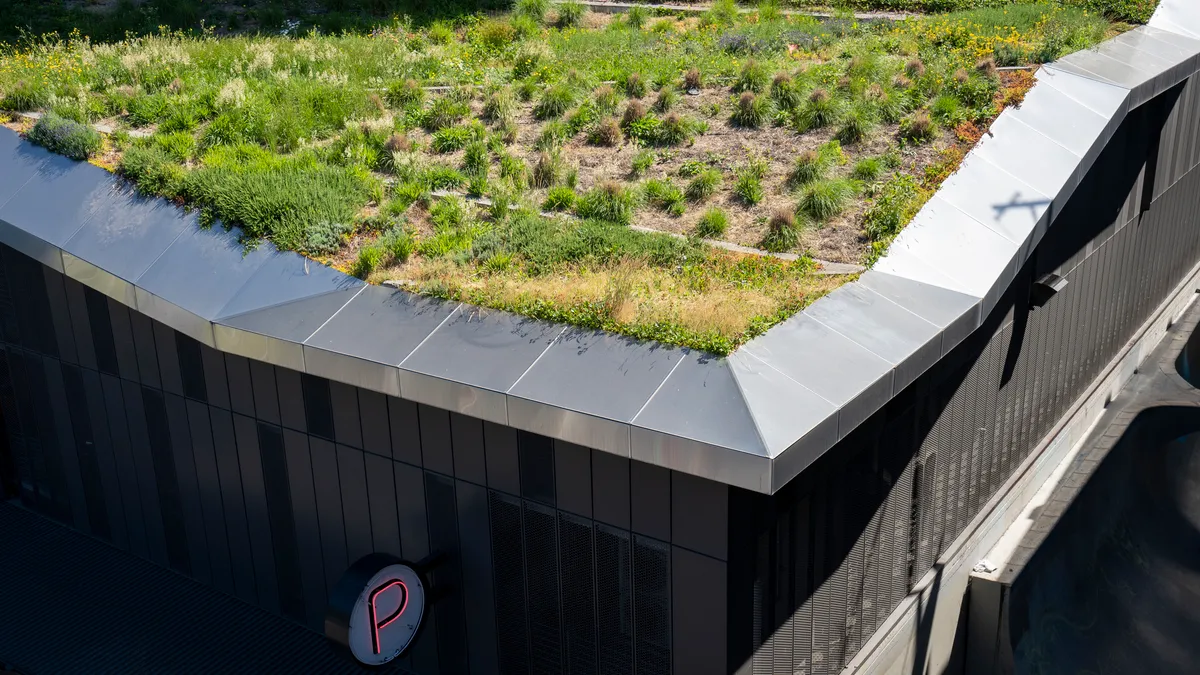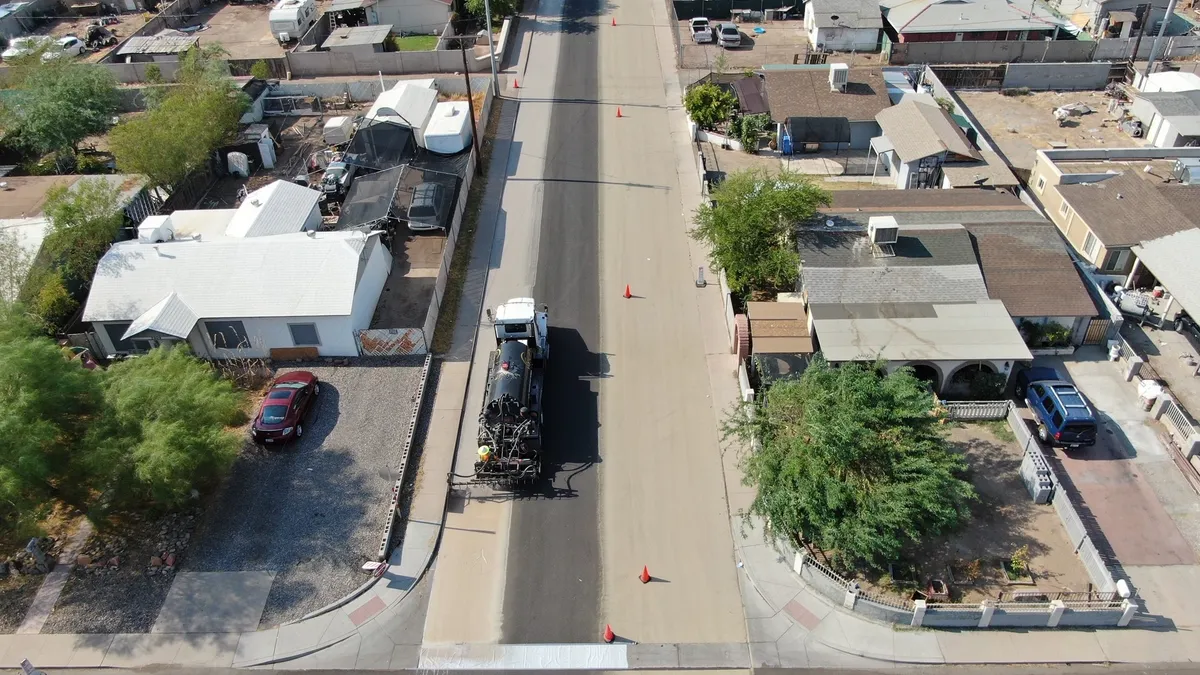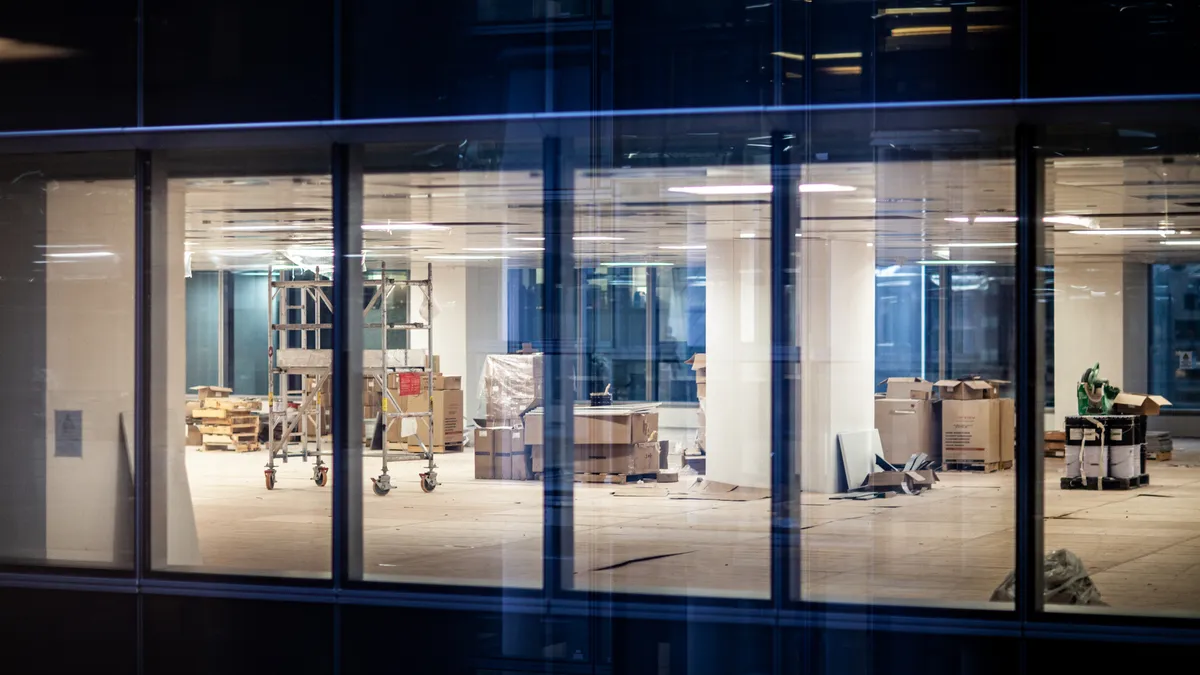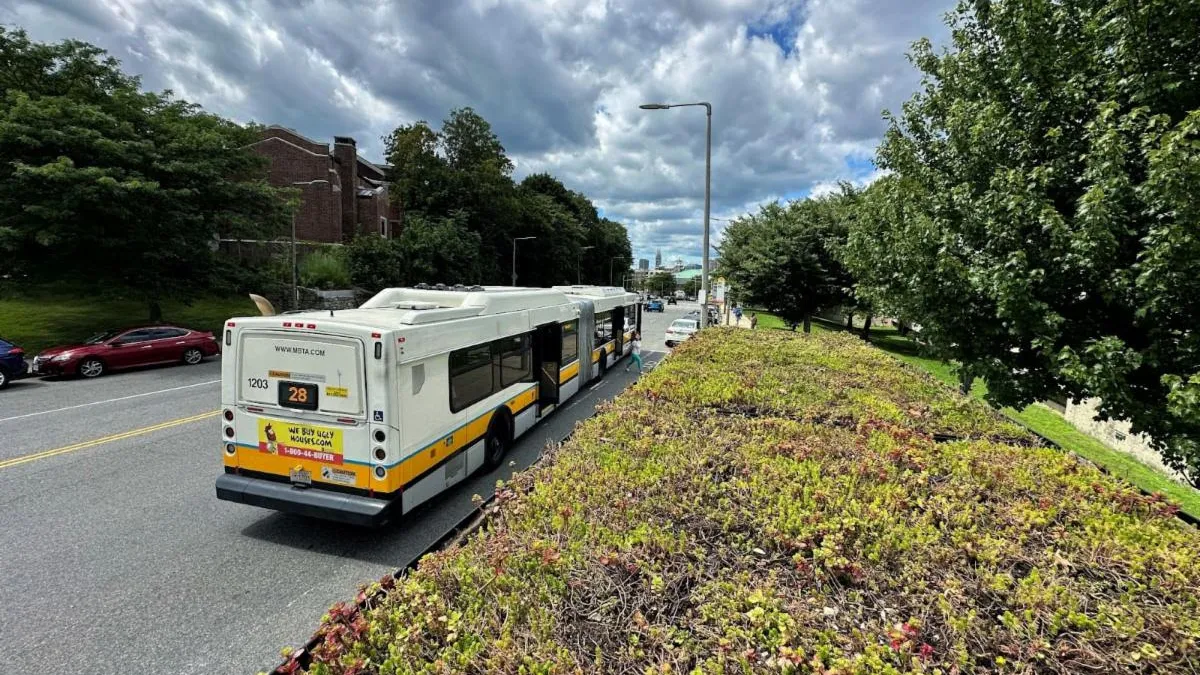Representatives from nearly 100 leading cities have joined in Copenhagen, Denmark, this week at the C40 World Mayors Summit to identify practical climate goals and guidelines that can push cities toward "the future we want."
While the exact definition of what that future looks like can vary by city, the member leaders share a vision of a community that is more sustainable, healthy and inclusive. This vision has been complimented by a number of initiatives announced this week including a Global Green New Deal and a climate march across Copenhagen.
In order to achieve a more climate-friendly future, however, practical steps need to be taken in the development and construction of cities. In addition to its summit efforts, C40 Cities partnered with Arup and the University of Leeds to publish Building and Infrastructure Consumption Emissions, a report highlighting key ways to reduce construction emissions.
Smart Cities Dive reviewed the report to highlight the five key ways cities can cut emissions from building and infrastructure construction through efficient materials and strategic forms of reuse.
1. Implement efficiency in material design
Potential emissions reduction by 2050: 18%
Report authors highlighted material efficiency as "one of the most effective means to reduce emissions," noting that eliminating material waste at the design stage could lead to an 18% reduction of greenhouse gas (GHG) emissions between 2017 and 2050. The report particularly highlights the targets of reducing steel and cement use in construction, noting that the minerals in cement account for 32% of all emissions from material consumption, while steel accounts for 15%.
To alleviate this impact, a number of eco-friendly building materials have emerged in construction. Mike Stopka of Delta Institute told Smart Cities Dive last year, "There's no material that's perfect" but many materials, such as bamboo, cork and sheep's wool insulation, can act as sustainable alternatives.
2. Reuse building materials and components
Potential emissions reduction by 2050: 3%
In keeping with the suggestion to implement efficiency in material design, the report authors also highlighted the long-term climate benefits of recycling and reducing building components, such as virgin steel, which could lead to a 3% reduction of GHG emissions between 2017 and 2050.
The authors suggest a progressive target of 11% reduction of virgin metal and petrochemical-based materials to reach such an emissions reduction, though they note that reusable building materials are unlikely to meet the demand for new construction in the short-term. However, reusing at least a fraction of structural steel in construction phases could advance this goal.
3. Enhance existing building utilization
Potential emissions reduction by 2050: 11%
"Buildings are [underutilized] and often discarded before they have reached the end of their useful life," the report reads, which can result in an avoidable level of GHG emissions. Implementing strategic use of existing space and infrastructure can lead to an 11% GHG emission reduction by 2050, and a 10%-20% reduction in demand for new buildings.
As concepts like brick-and-mortar retail face a demise and building vacancies rise, some cities are becoming more aware of how to reuse those buildings for second-life purposes. And the benefits of utilizing existing infrastructure can be mirrored in the use of vacant lots for development and construction, as opposed to tearing down forestry or existing buildings for such development. New York City recently held a design competition, Big Ideas for Small Lots, to encourage the construction of affordable housing on small and irregular lots throughout the city.
4. Switch high-emission materials to sustainable timber
Potential emissions reduction by 2050: 6%
Timber construction has been gaining popularity as a way to reduce materials emissions and utilize local and sustainably managed forests. Report authors suggest that switching to timber use in construction could cut GHG emissions by 6% between 2017 and 2050, urging a progressive target of 75% residential and 50% commercial buildings being constructed with sustainable timber.
Sidewalk Labs made headlines earlier this year when it unveiled a master plan to build a futuristic smart city on the waterfront of Toronto made entirely of mass timber. In an August interview with Smart Cities Dive, Karim Khalifa, director of buildings innovation at Sidewalk Labs, said "the impact [of mass timber] on reducing carbon emissions on earth could be dramatic."
A number of universities, including Rice University, University of Maine and Oregon State University, are also looking to build mass timber projects with grant assistance from the U.S. Department of Agriculture Forest Service.
5. Use low-carbon cement
Potential emissions reduction by 2050: 6%
"Concrete is one of the most carbon-intensive construction materials as the production of its cement component requires extreme heat and releases a great deal of CO2," the report reads. It notes that using low-carbon alternatives to traditional cement could cut GHG emissions by 6% between 2017 and 2050.
Smart cities have taken a recent interest in "green" concrete material this year, with support from the U.S. Conference of Mayors, which urged its members to use low-carbon concrete over traditional materials. In July, the Hawaii Department of Transportation announced plans to use carbon-injected concrete in all construction as part of a climate change solution. Honolulu Mayor Kirk Caldwell touted concrete made from recycled CO2 as "a win-win from a mitigation and adaption standpoint."



